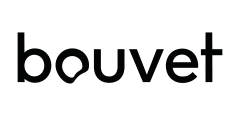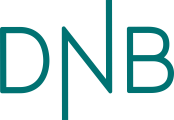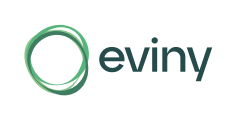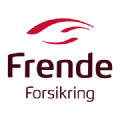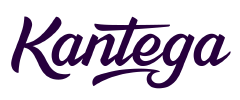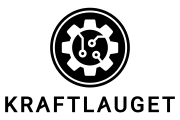IoT-based sensor monitoring of critical medical equipment and medicine in Helse Vest
Marte Øvreås Thuen
Lightning talk — Wednesday: 11:40 - 12:25 — Kongesalen 1
Over the last years, the Department of Development at Helse Vest IKT has been developing a solution for wireless IoT-based monitoring of parameters such as temperature and humidity, used for example for temperature monitoring in refrigerators and freezers used for storage of food and medicine including covid-vaccines. Commercially available sensors are used, and we have developed a user-friendly web-based software application that collects sensor data from the sensor vendors cloud, via their API. The application is used for monitoring of sensor data; to define alarms and configure warning messages, to compare different sensors and to study trends over time, and is available for all hospitals and clinics in Western Norway, with a total of 30 000 employees. The application is cloud-based and is developed using the Azure framework, and is integrated with other solutions used in Helse Vest, for access control and organizational affiliation. Currently, the solution is being rolled out to clinics throughout Helse Vest, and being used in areas such as monitoring of covid-vaccines and other important medicine as well food-storage. Temperature monitoring using these sensors is critical; if a medical refrigerator is broken or if power is lost, all of its content will be compromised, and this is often very expensive medicines. A small sensor can save the hospital for large sums, and ensure that the medicine kept safe and available for the patients that need it. The motivation for doing this development in-house is manifold: new sensor suppliers on the market bring a more open-minded philosophy, with open APIs and with the acknowledgement that uses often want to build their own solutions around the sensor data. Without this, we would have been bound to the suppliers own software, which often has limited functionality. Additionally, doing the development in-house allows us more easily to adapt the application to the special hospital needs, and the tight connection between end-users and developers allows for a quick response to the end user’s feedback. It is also important that we have control of all the data, and do not have to rely on the suppliers, which might not necessarily keep the data as long as our end-users require. Building the application from within Helse Vest also allows for easier integration with other systems in use, which is critical for efficient use of the application. Currently, the main use is temperature monitoring, but we intend to expand the solution into other parameters and uses, such as tracking of equipment, which is highly relevant in large hospitals with a lot of expensive, movable equipment and complicated building structures, as well as integration with building models. The potential for IoT and sensor technology within hospitals are enormous, and can in the future play an important role in logistics of equipment and efficient operation of large hospital complexes. In this talk, I will present the solution we have developed, explain how it is being used throughout the hospitals in Helse Vest, how we collaborate with our end-users, as how we communicate with the sensors using the suppliers API.

